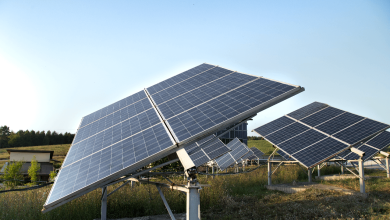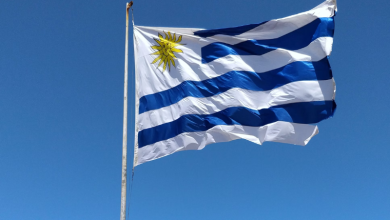Explore different types of forests and the importance of forest conservation amidst climate change
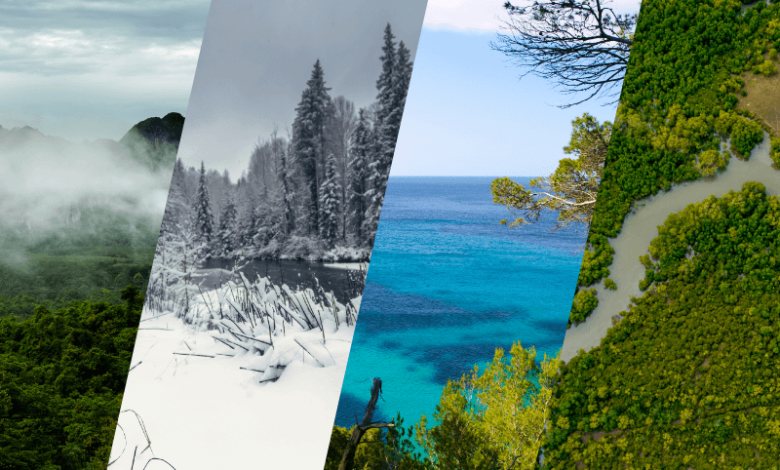
Forests are more than trees – they are the key to our survival. They are the planet’s heart, pumping life through their roots and leaves into our environment. They bring us nourishment in their nutrient-rich fruits, healing in their medicinal compounds and protection.
Looking back at historic records, it is clear that early humans have substantially relied on forests for their survival. They come in an astonishing variety, each type contributing uniquely to the Earth’s health and our betterment. Let’s learn more.
Check out 6 major types of forests
1. Tropical rainforests

These forests are prominent for their incredible biodiversity, housing more plant and animals species than any other terrestrial ecosystem. Tropical rainforests are primarily located near the equator and feature a hot and humid climate and lots of precipitation.
2. Subtropical forests
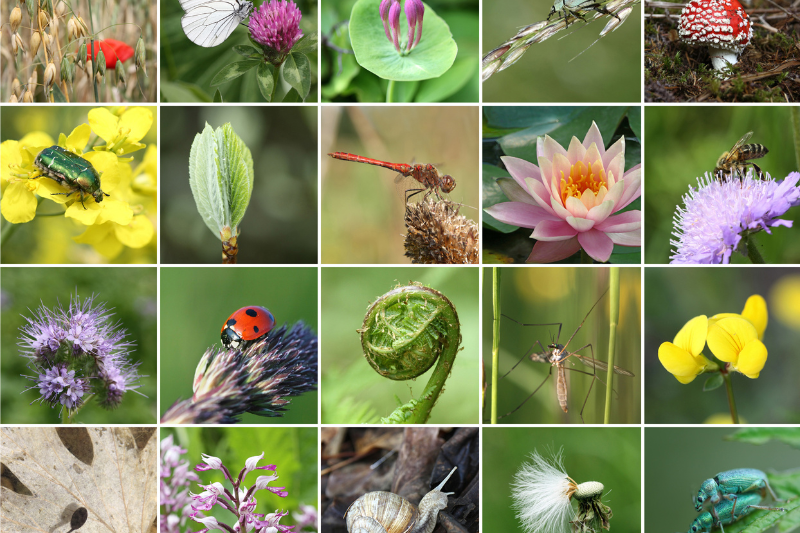
Situated just north or south of the tropical zone, subtropical forests on Earth experience hot, humid summers and cooler, mild winters. They house a great variety of biodiversity and include both evergreen and deciduous species.
3. Temperate forests
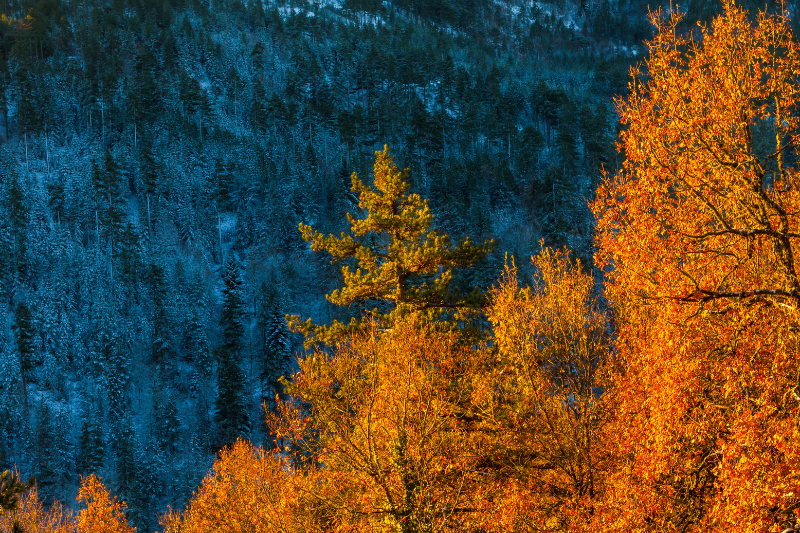
Found in regions having distinct seasons, including warm summers and cool winters, temperate forests can be further divided into evergreen forests – trees retaining their leaves all year round and deciduous forests – trees shedding their leaves in the colder months.
4. Boreal forests

Boreal forests are primarily located in high northern latitudes. They are characterised by short, mild summers and long winters. Coniferous trees such as firs, spruces and pines dominate this type of forests. Take the Siberian Taiga in Russia as an example.
5. Mediterranean forests
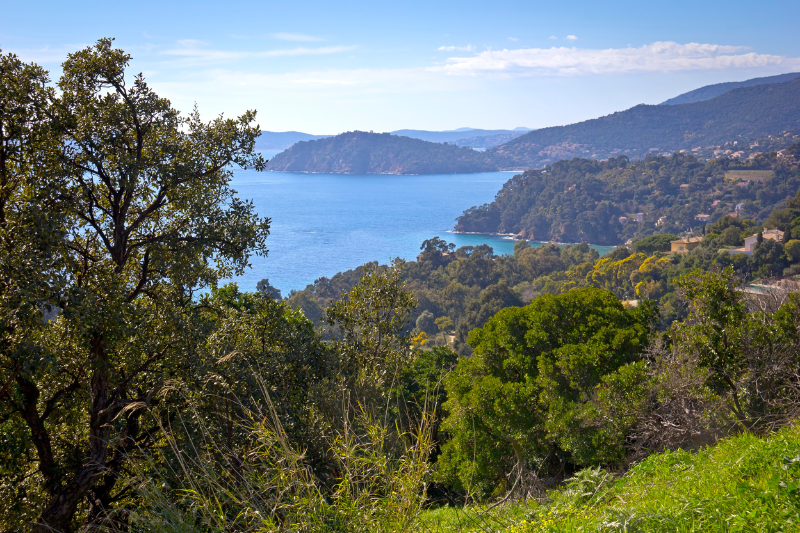
These forests are located around the Mediterranean Sea. They experience hot, dry summers and mild, wet winters. The Mediterranean Basin is the biggest of the five Mediterranean forests on the planet and is a designated biodiversity hotspot.
6. Mangrove forests
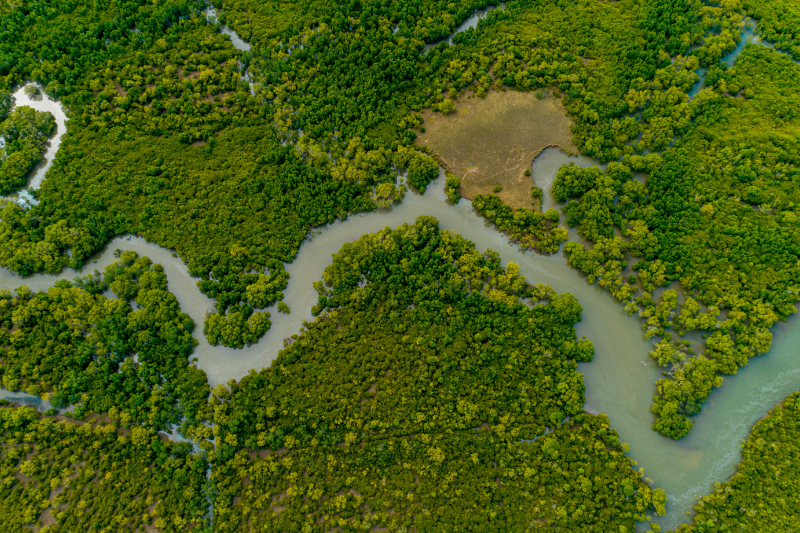
This particular type of forest thrives in tidal areas of tropical and subtropical coastlines. Mangrove forests have salt-tolerant trees and plants, playing significant roles in coastal protection and providing habitats for diverse marine life.
Need for forest conservation amidst climate change
Despite the broad range of services they provide to the planet and us, forests face numerous threats. Deforestation is one of the most pressing issues threatening their survival. The practice is primarily driven by the expansion of agriculture.
Climate change is both a cause and effect of forest degradation. Forest fires, exacerbated by the climate crisis, have become more intense and frequent lately. Such fires alter the composition of forests and also contribute to increased emissions, fueling climate change.

